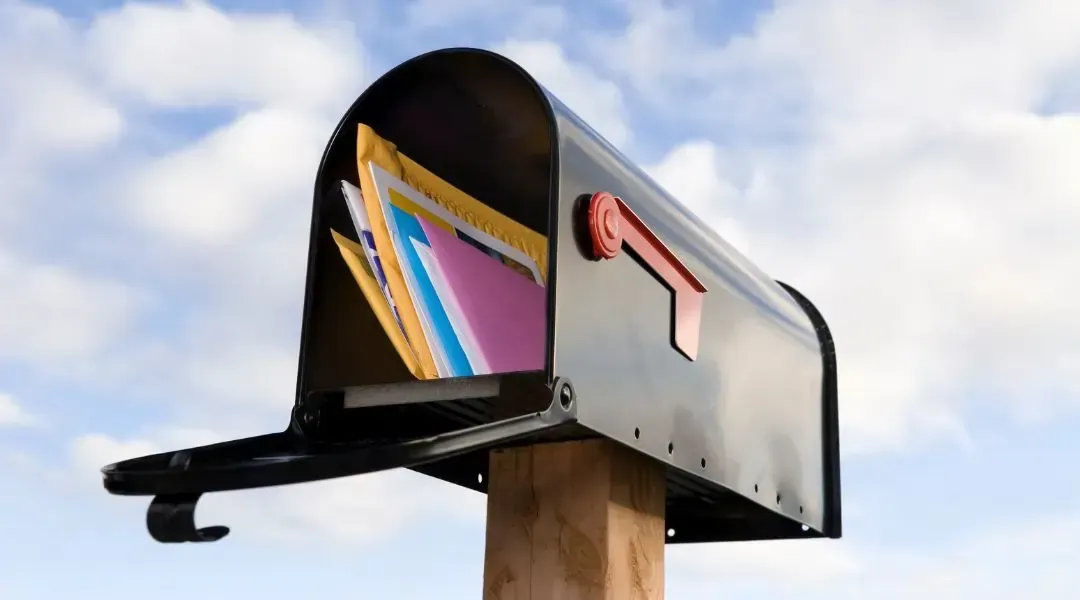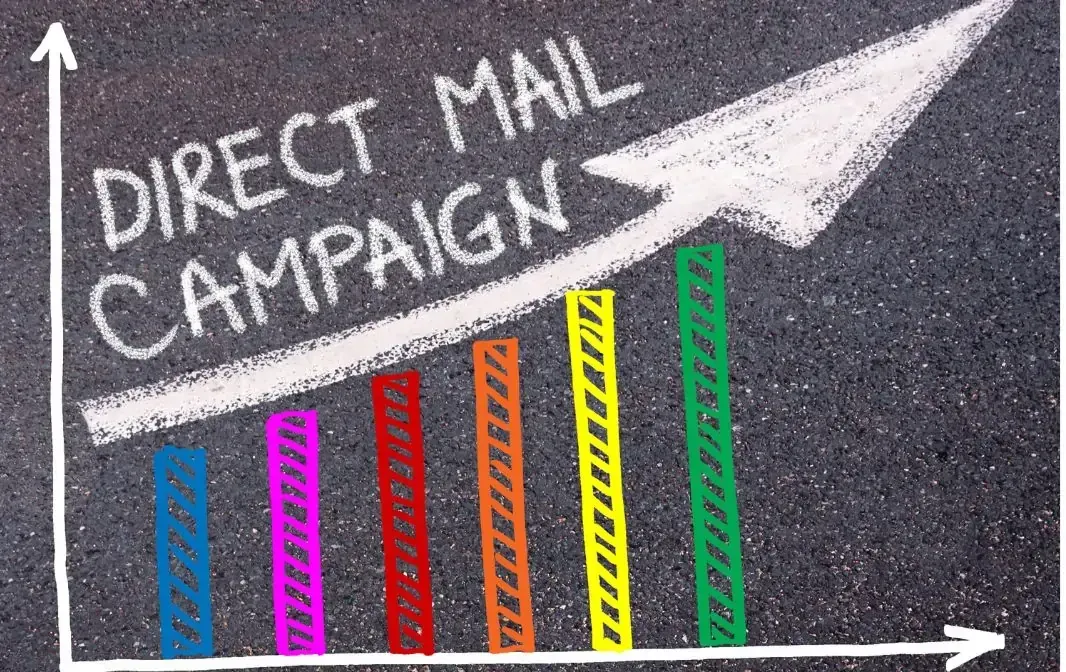
Using Patient Data to Personalize Marketing for Dental Practices

In today's competitive dental landscape, personalized marketing has become essential for building long-lasting relationships with patients. Leveraging patient data allows dental practices to create targeted, customized marketing efforts that drive higher engagement, satisfaction, and retention. Personalized marketing strategies, when executed correctly, can help dental practices stand out in a crowded market, ensuring patients feel valued and understood.
This article delves into how dental practices can collect and utilize patient data effectively, the benefits of personalized dental marketing, and key personalization strategies that can enhance both patient experience and practice growth.
Collecting Patient Data
Patient data forms the backbone of any personalized marketing strategy. From dental management software to online feedback forms, there are multiple ways to collect valuable information about patients' preferences, behaviors, and concerns. Below are several key sources of patient data:
1. Dental Management Software
Most dental practices already use software like Dentrix, EagleSoft, or Open Dental, which stores detailed patient records including treatment history, appointment schedules, and demographic information. These systems are treasure troves of actionable insights that can help personalize marketing campaigns and patient communications.
By analyzing treatment history, for example, you can send tailored follow-up reminders or promotional offers for services like teeth whitening or orthodontic treatment to patients who are most likely to be interested. Demographic data can also help you segment your patient base by age, gender, or location to create more specific marketing messages.
Example: Sending personalized emails to patients due for their six-month cleaning or recommending cosmetic procedures to those who have inquired about such treatments.
2. Patient Feedback and Surveys
Collecting feedback from patients is another valuable way to understand their needs and preferences. Surveys and feedback forms, whether conducted online using tools like Google Forms or SurveyMonkey, or in-office, provide direct insights into patient satisfaction levels, their concerns, and expectations from your practice.
Use this data to create personalized marketing content that addresses patient pain points or highlights services they have expressed interest in. For example, if several patients mention wanting flexible appointment times, you could send a targeted message promoting evening or weekend slots.
Tip: Always keep surveys short and to the point, making it easy for patients to provide feedback. Offer incentives such as a discount on their next service to encourage participation.
3. Website and Social Media Analytics
Your dental practice website and social media platforms offer an additional layer of patient data. Tools like Google Analytics and social media analytics platforms (e.g., Facebook Insights, Instagram Analytics) track user behavior, content engagement, and inquiries, providing insights into which aspects of your online presence resonate most with patients.
Tracking metrics like website visits, average session duration, and bounce rate can tell you what type of content your patients find most engaging. If blog posts or FAQs on teeth whitening receive more traffic, you might consider creating targeted promotions for teeth whitening procedures.
Example: A targeted Facebook ad campaign that promotes specific services (such as cosmetic dentistry) based on the interests of patients who frequently engage with similar content on your website.
4. Appointment Scheduling Data
Appointment scheduling data is another rich source of insights. By analyzing patterns in patient visits—such as preferred appointment times, frequency of visits, and cancellations—you can personalize appointment reminders and tailor promotional offers.
Example: If a segment of your patient base consistently books early morning appointments, you could promote a morning special to encourage them to book multiple appointments at once. On the other hand, data on missed appointments can help you identify patients who need more frequent reminders or follow-up.
Benefits of Personalized Dental Marketing
Personalized marketing is more than just a buzzword—when implemented effectively, it brings numerous benefits to your dental practice, helping to nurture patient loyalty, improve engagement, and increase practice revenue.
1. Improved Patient Engagement
When patients receive personalized, relevant content, they are more likely to engage with your practice. This could be in the form of opening your emails, interacting with your social media content, or taking advantage of special promotions. Engaged patients are more informed about their dental health and are more likely to schedule regular visits.
For instance, sending educational content that’s tailored to a patient’s treatment history—such as care instructions for patients who recently had dental implants—enhances the patient experience and keeps them connected with your practice between visits.
2. Increased Patient Retention
One of the key drivers of retention is making patients feel valued and understood. Personalized communications help foster this connection, whether through customized appointment reminders, tailored special offers, or targeted follow-up messages. When patients feel like you understand their needs, they are more likely to return for future treatments and refer your practice to others.
Tailored loyalty programs also play a significant role in increasing retention. For example, creating a rewards program that acknowledges patients who frequently visit or refer others can strengthen long-term relationships with them.
3. Enhanced Patient Satisfaction
Patient satisfaction is paramount for any dental practice. Personalized marketing not only improves communication but also helps manage patient expectations by providing timely and relevant information. Satisfied patients are more likely to leave positive reviews, recommend your practice to others, and become long-term loyal patients.
Example: A patient who consistently receives helpful reminders about upcoming appointments, along with offers for treatments they’ve shown interest in, will likely feel valued and appreciate the personalized attention.
4. Higher Conversion Rates
When marketing efforts are personalized, they tend to result in higher conversion rates. Whether it’s a patient scheduling an appointment, accepting a new treatment, or responding to a promotional offer, personalized communications are more likely to lead to positive action because they resonate with the patient’s specific needs.
Example: Sending an email with special promotions for cosmetic treatments to patients who previously inquired about or received cosmetic dental services is more likely to result in a booking than a generic offer sent to your entire patient list.
Personalization Strategies for Dental Marketing
1. Segmented Email Campaigns
One of the most effective ways to personalize marketing efforts is through segmented email campaigns. Segmenting your patient list based on different factors—such as appointment history, treatment preferences, or demographic details—allows you to send tailored messages that are more likely to resonate.
Example: you can send appointment reminders to patients who are due for their six-month cleaning or promote new treatments to patients who have shown interest in cosmetic services.
2. Customized Content
Content marketing is a powerful way to engage patients, but the key to success is relevance. Use the patient data you’ve collected to create blog posts, newsletters, and social media updates that address specific concerns or interests of your patients.
Example: If many of your patients are asking about teeth whitening options, create a series of blog posts or videos explaining the benefits and processes of different whitening treatments.
3. Personalized Appointment Reminders
Instead of sending generic appointment reminders, personalize them by including the patient’s name, treatment history, and appointment details. Additionally, sending these reminders through the patient’s preferred communication channel—whether email, text, or phone—can significantly improve appointment attendance rates.
4. Targeted Social Media Ads
Social media advertising is another excellent way to leverage patient data for personalized marketing. Platforms like Facebook and Instagram allow you to create highly targeted ads based on demographics, interests, and behaviors. This ensures your messages reach the right audience.
5. Loyalty Programs and Special Offers
Creating loyalty programs or special offers that are personalized to each patient’s history with your practice can help improve retention and patient satisfaction. For example, you can offer discounts to frequent visitors or exclusive services to patients who refer new patients to your practice.
Personalized marketing in the dental industry is not just a trend but a necessity for building long-term relationships with patients. By effectively collecting and utilizing patient data, dental practices can tailor their marketing efforts to meet the unique needs and preferences of their patients. This approach enhances patient engagement, satisfaction, and retention while driving higher conversion rates.
For dental practices looking to stay ahead of the competition, embracing personalized marketing strategies is crucial. Start by leveraging the data you already have and continuously seek new ways to understand and serve your patients better. The result will be a more loyal patient base and a thriving dental practice.

XPRESS INC is a direct mail and marketing company focusing on small to medium business marketing strategies with a niche in dentists and dental specialists.
All Rights Reserved | Xpress Inc





















